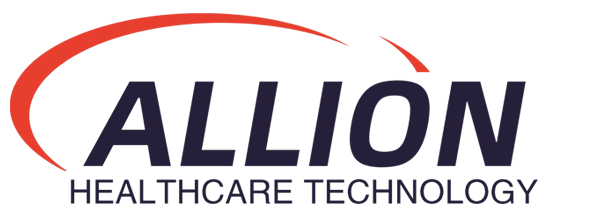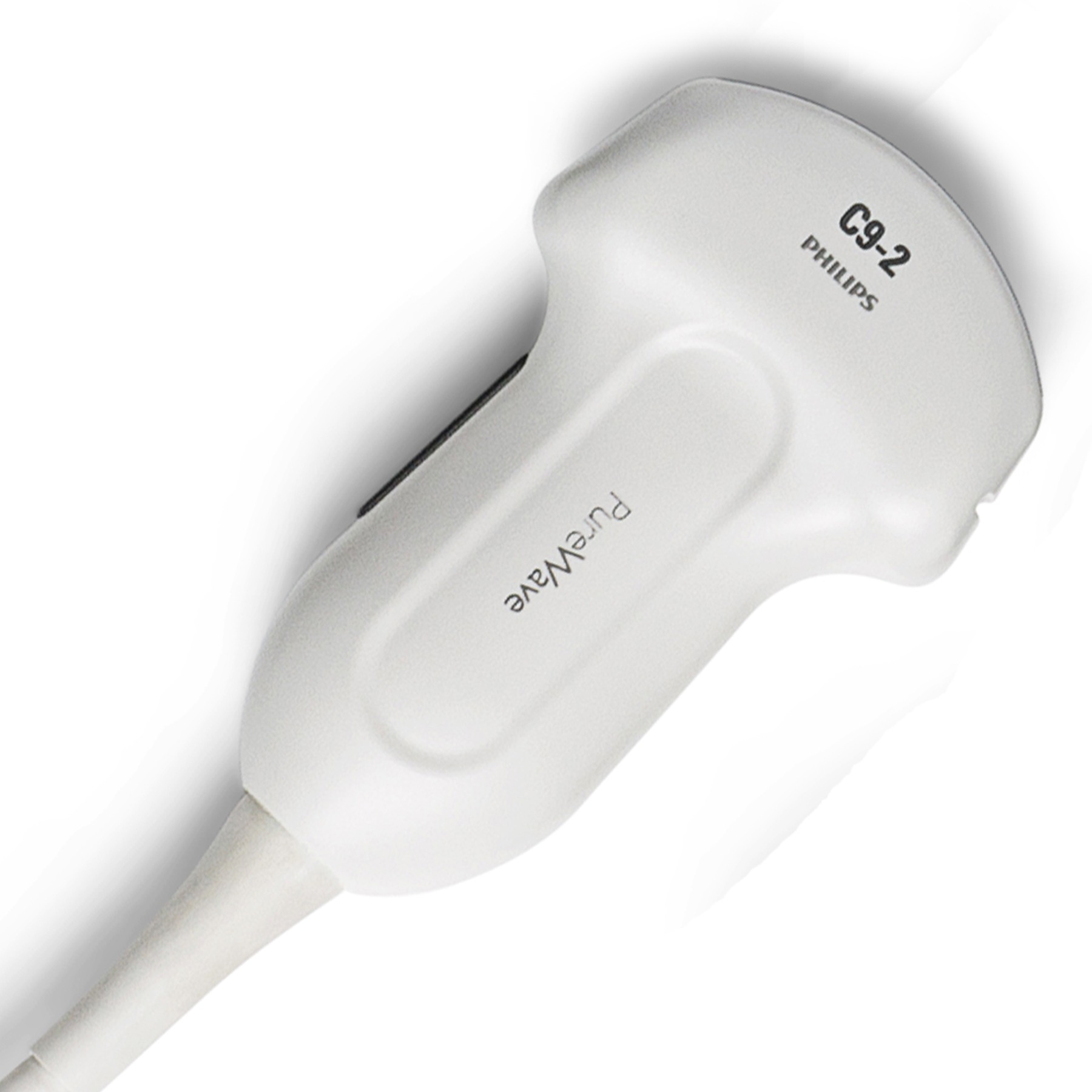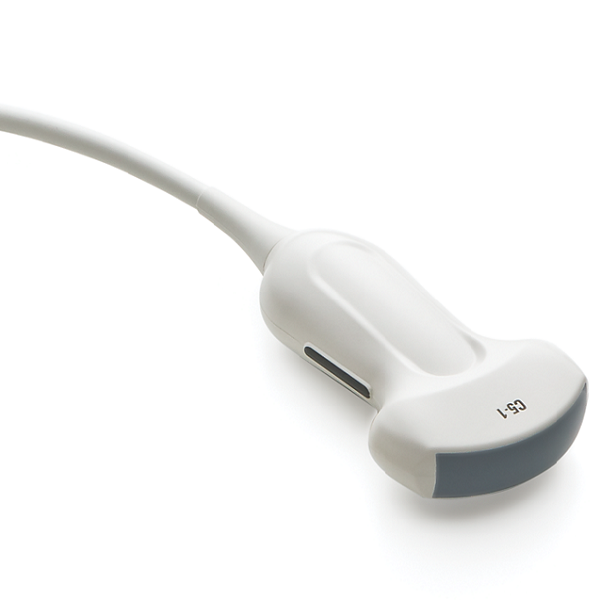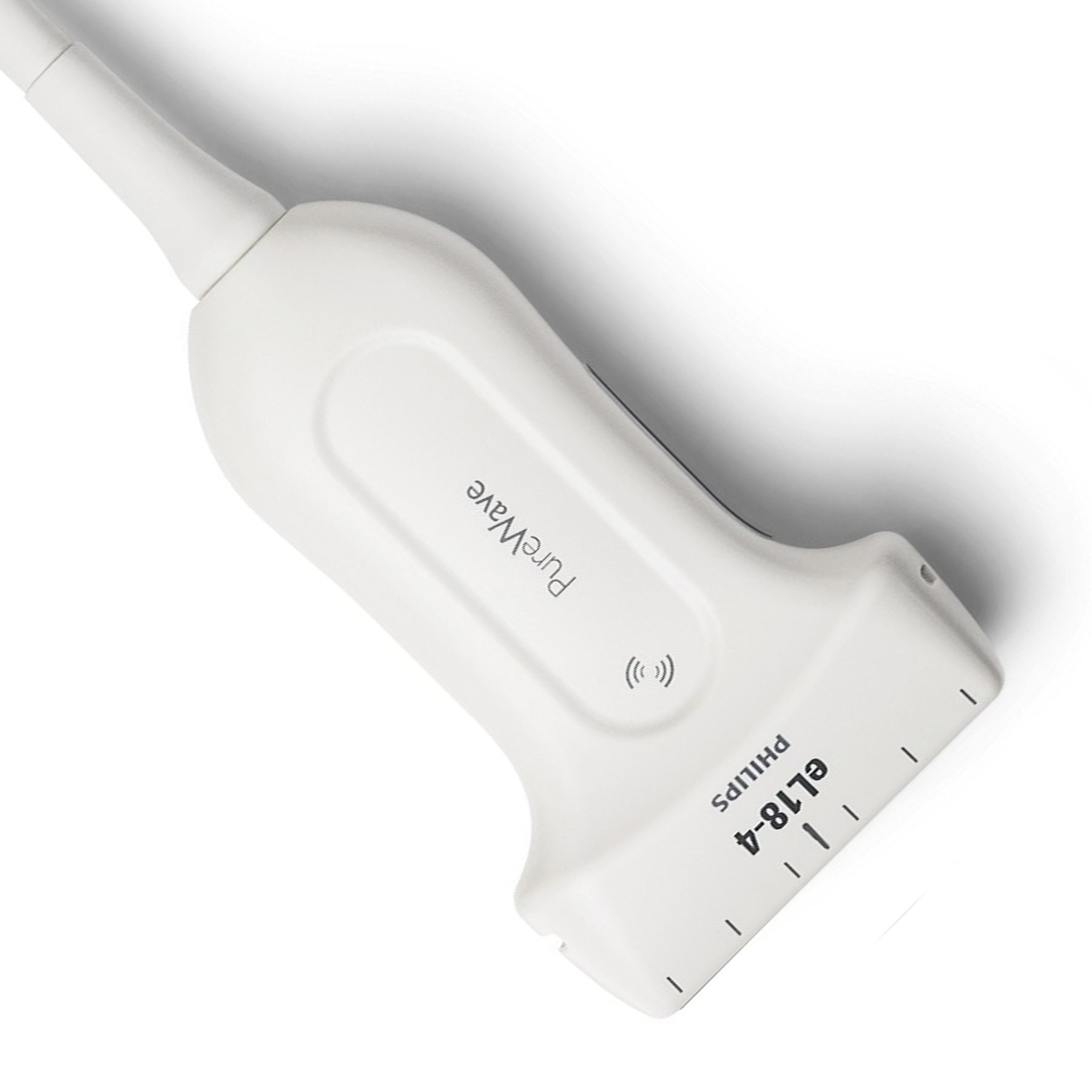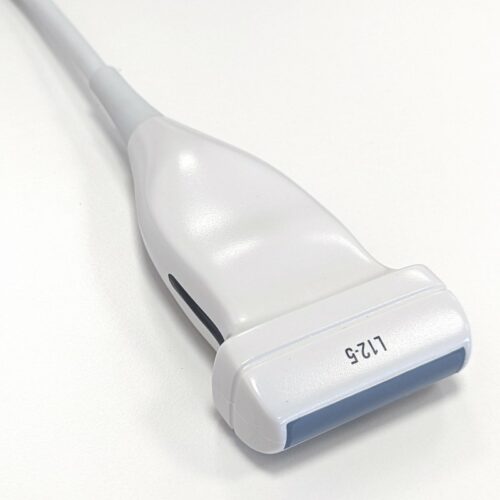Ultrasound technology has been a cornerstone in medical imaging for decades, providing valuable insights into the human body without the need for invasive procedures. Curved ultrasound probes have been developed and widely used as a result of recent advances in ultrasound probe design. These new technologies provide a number of benefits that increase imaging capabilities and lead to greater diagnostic accuracy. In this article, we will explore more about the advantages of using curved ultrasound probes.
Enhanced Visualization
Curved ultrasound probes excel in providing an expanded field of view, making them particularly advantageous in abdominal and pelvic imaging. The curvature allows for a more comprehensive examination of organs and tissues in a single sweep. This improved visibility is critical for detecting anomalies, tracking fetal development during obstetric scans, and assessing the status of abdominal organs with more accuracy.

Philips C5-2 Curved Array Probe
Better Contact And Adaptability
The design of curved ultrasound probes ensures optimal contact with the patient's body, contributing to improved imaging quality. This advantage is particularly valuable when imaging areas with complex anatomies, such as the liver or kidneys. The probe's ability to conform to the body's contours enhances adaptability, making it easier to obtain clear images even in challenging clinical scenarios, ultimately leading to more accurate diagnoses.
Increased Depth Of Penetration
Curved probes are engineered to penetrate deeper into the body, enabling visualization of structures that may be challenging to assess with traditional linear probes. This increased depth of penetration is especially beneficial when imaging structures like the heart, allowing healthcare professionals to obtain clearer images for cardiac assessments. Curved probes provide a significant benefit in situations involving obese people or when probing tissues deep within the body.
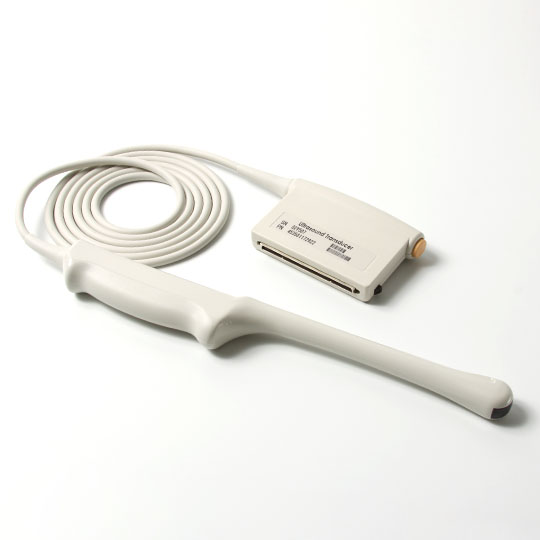
Improved Ergonomics For Users
Curved ultrasound probes' ergonomic form not only helps patients but also improves the experience of healthcare personnel. The curved shape's natural hand posture lowers the strain on the operator's wrist and hand, especially during long scanning sessions. Improved ergonomics contribute to operator comfort, potentially reducing the risk of repetitive stress injuries and enhancing overall user satisfaction.
Enhanced Doppler Imaging
Curved probes shine in Doppler imaging applications, where the assessment of blood flow is critical. The design allows for optimal alignment with blood vessels, leading to more accurate and reliable Doppler measurements. This is especially useful in cardiology for monitoring blood flow in the heart and main arteries, as well as in vascular imaging, where accurate evaluation of blood flow characteristics is critical for diagnosing and controlling vascular problems.
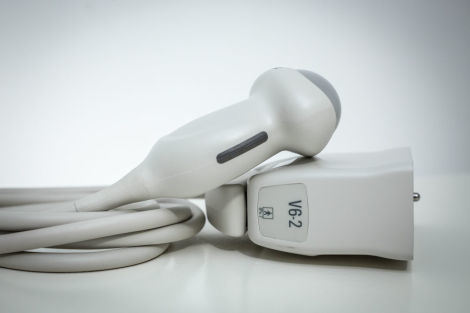
Versatility In Applications
Curved ultrasound probes are useful equipment with applications in a variety of medical fields. They help in thorough fetal examinations in obstetrics and gynecology, and they contribute to the precise evaluation of heart structures in cardiology. Additionally, their utility extends to musculoskeletal imaging, where the flexibility of the probe facilitates examinations of joints and soft tissues. This versatility positions curved probes as valuable assets across a broad spectrum of clinical scenarios, making them indispensable in modern medical practice.
Conclusion
The adoption of curved ultrasound probes represents a significant advancement in medical imaging technology. These probes provide improved vision, improved contact and flexibility, greater depth of penetration, improved operator ergonomics, and enhanced Doppler imaging capabilities. If you are looking for a high-quality curved ultrasound probe, Xity is a good choice for you. We are a professional ultrasound equipment supplier, offering a wide range of ultrasound equipment including ultrasound probes. Choose us and improve your accuracy now!
 English
English
 Русский
Русский
